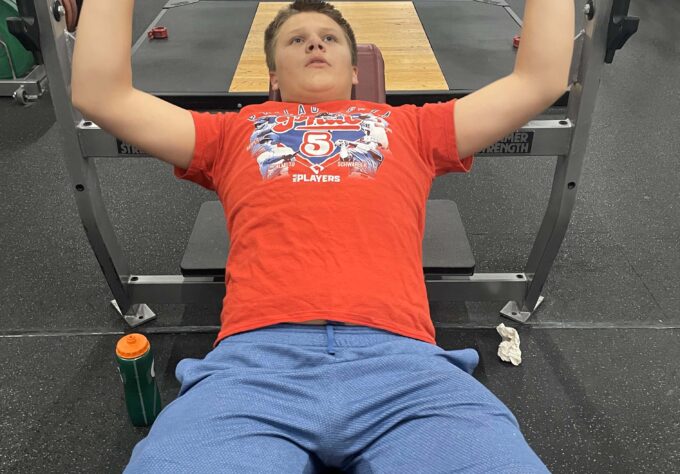Melanie Franklin, PhD, Psychology Fellow, contributed to this blog post.
It’s well recognized that childhood eating habits have a lasting impact on health, longevity, and disease prevention. The Centers for Disease Control and Prevention (CDC) report that obesity affects approximately 42% of adults living in America, and obesity-related conditions (type 2 diabetes, heart disease, and certain types of cancer) are some of the leading causes of preventable death. Obesity affects nearly 20% of children and adolescents (13.7 million), which greatly increases the chances that obesity will carry forward into adulthood.
While encouraging healthy food choices is important for preventing obesity and its related conditions, parents should be mindful of how they discuss diet and weight with and around their children. Encouraging kids to diet can have a lasting impact into adulthood, including:
- a higher risk of disordered eating,
- unhealthy weight control behaviors,
- lower body satisfaction,
- and higher risk of overweight and obesity.
Likewise, parental focus on weight, including their own weight, has been associated with obesity and eating disorders in adolescents.
So how can a parent balance their desire to promote healthy weight and diet in their child while fostering a positive relationship with food and body image? Take the focus off weight, and instead focus on food choices you make, the words you use, and creating lasting memories around healthy behaviors.
Food is Fuel, Not a Reward or Punishment
Remind yourself and your family that food is the body’s fuel. Emphasize the foods that fuel your body best: fruits, vegetables, whole grains, lean protein, and dairy. When we remind ourselves that food is fuel, it has no place being a reward or punishment. Doing so teaches your child to eat in response to emotion rather than hunger.
Avoid Using “Good” and “Bad”
Saying that a food is good or bad can quickly lead to a child defining themselves as “good” or “bad” based on their food choices. Instead, take judgment out of the conversation by referring to healthier foods as “strong foods” or “smart choices,” which keep our bodies strong and smart!
Refrain from using “bad” to describe less healthy food choices like chips or cookies, and provide them regularly in small portions rather than restricting. Restricting foods will teach a child to anticipate them and overindulge when given the chance. By including a single-serving bag of chips with a balanced lunch, or a piece of chocolate at the end of family dinner, your child will learn that a healthy diet has room for all foods.
Create Positive, Lasting Memories with Food
We all know the expression “actions speak louder than words.” Take this phrase as a piece of advice when it comes to teaching your child about healthy eating. Rather than talking to your child about making healthy choices, get your child in the kitchen to learn hands-on. Pick one day a week to cook a family meal together, and spend the time catching up. Put the focus on connecting with one another, but know that in the process your child will be learning to cook healthy meals.
Work to Promote Healthy Habits
Take the emphasis off of weight, and focus on promoting healthy habits. Weight loss is often a natural consequence of healthy behaviors such as eating vegetables, going on walks, and choosing water over soda. A focus on weight loss and numbers can often be frustrating and discouraging. Instead, work towards praising children for behaviors and choices that will help their bodies feel healthy and strong. This positive attention will help teach children the habits that we are trying to build in order to make sustainable, long-term changes.
Model Positive Language about Body Image
Talking with children about weight can be a tricky topic. Unfortunately, as a society, we get a lot of bad messaging about weight. This type of body shaming can often lead to increased weight gain and decreased self-esteem. Help break the cycle by modeling positive self-talk for your children. Make comments about how strong and energized you feel rather than the shape of your body. Your children will follow your lead and start to use these same types of descriptions about themselves.



